All 50 States Are Behind on Their Retirement Savings — These 10 Are in the Worst Shape

There's not a state in America where the average saver has enough put away for retirement.
Find Out: What Is the Average Social Security Benefit at Every Age?
See: 3 Ways To Recession-Proof Your Retirement
Personal finance provider DollarGeek compared data from the Federal Reserve System's Survey of Consumer Finances (SCF) to national recommended savings benchmarks. The results showed that the average person is only three-fifths of the way to ideal savings, or 44% short of the target. Each state's ideal amount is based on its current cost of living, which includes housing, healthcare, utilities, groceries and transportation.
The following is a look at the 10 states that are farthest from healthy average savings. All of them are more than 50% short of the goal, but those in the worst shape have a gap of more than $1 million between what they have and what they need.

North Dakota
The average North Dakota resident has $319,609 in the bank, which is 53% less than the $682,577 needed to contend with the state's living costs.
Retirement Savings: Here's How Much Cash Baby Boomers Need To Retire in the Next 5 Years
Find Out: Retirees Confess What They Wish They'd Done With Their Money
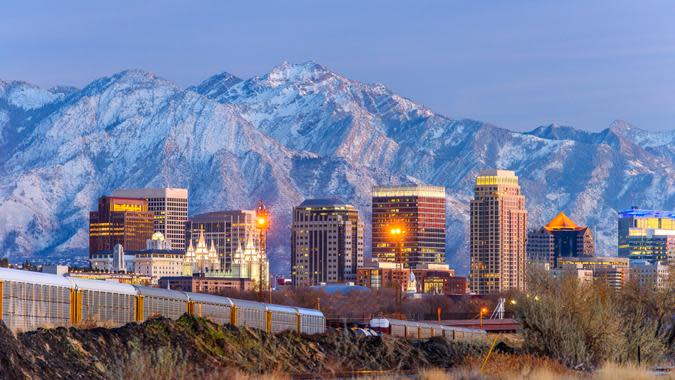
Utah
The recommended retirement fund in Utah is $692,093, yet the average resident is 54% short with just $315,160.
See: 6 Big Shakeups to Social Security in 2023
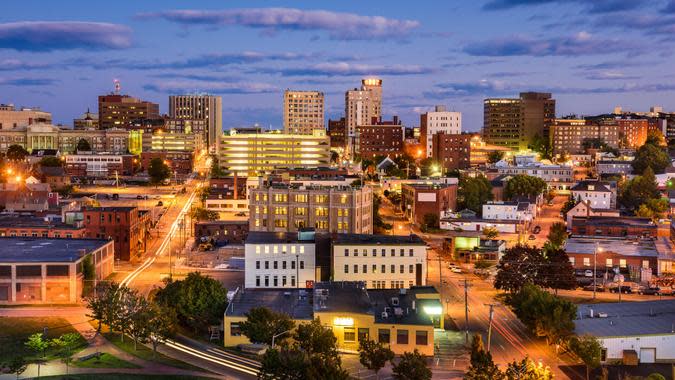
Maine
The ideal retirement savings amount in Maine is $882,409, but the average Mainer is 54% short with just $403,751.
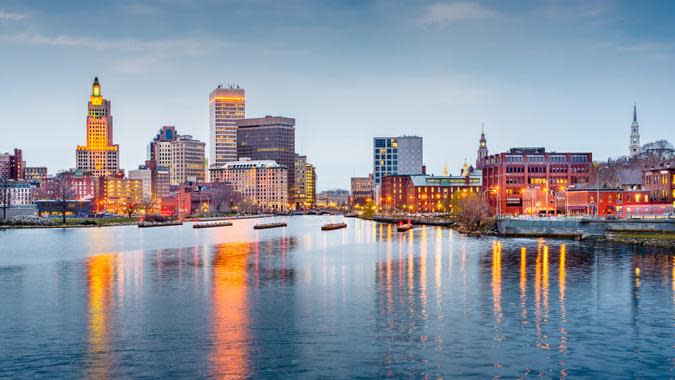
Rhode Island
The average Rhode Islander has $392,622 in a retirement fund, which is 57% less than the hefty recommended amount of $908,578.

Oregon
Oregon is one of five states with seven-figure recommended retirement benchmarks. The average Oregonian's $452,558 falls 57% shy of the $1,062,020 target.
Find Out: Dave Ramsey Says 401(k)s Have a Big Tax Downside - Pick This Retirement Plan Instead

Massachusetts
The target benchmark in Massachusetts is even higher than Oregon's. You'd need $1,120,304 to get by there, but the average saver is 57% short with just $478,947.
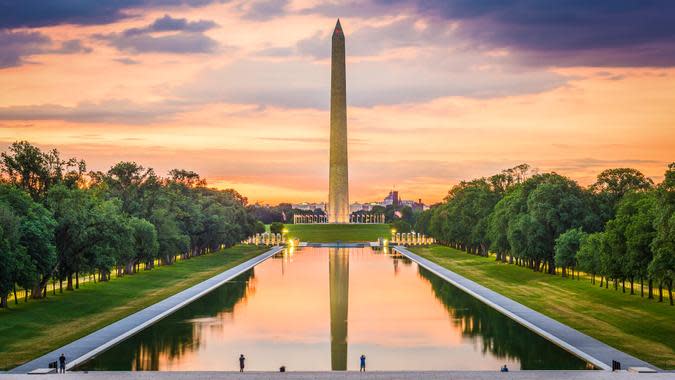
District of Columbia
Washington D.C. is the last entry on the list with a sub-$1 million target and the last where the average is less than 60% off the mark. The typical D.C. resident has $347,582, which is 59% off the recommended $841,967.

California
The average saver in California has $452,135 tucked away for retirement, 63% shy of the recommended $1,205,946.
Social Security: Proposal for $2,400 Extra in Checks Expanded and Reintroduced in Congress
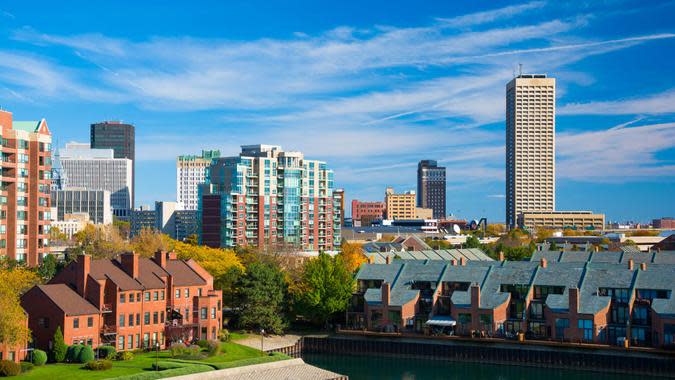
New York
New York is tied for the highest savings aspiration on the list. The target there is $1,813,768, but the average resident is 70% short with just $382,027.

Hawaii
Like New York, Hawaii's ideal savings benchmark is $1,813,768. But the average retirement fund there contains just $366,776. That's 80% off the mark, which leaves a deficit of $1,446,992 between what Hawaiians have and what they need.
More From GOBankingRates
This article originally appeared on GOBankingRates.com: All 50 States Are Behind on Their Retirement Savings — These 10 Are in the Worst Shape
